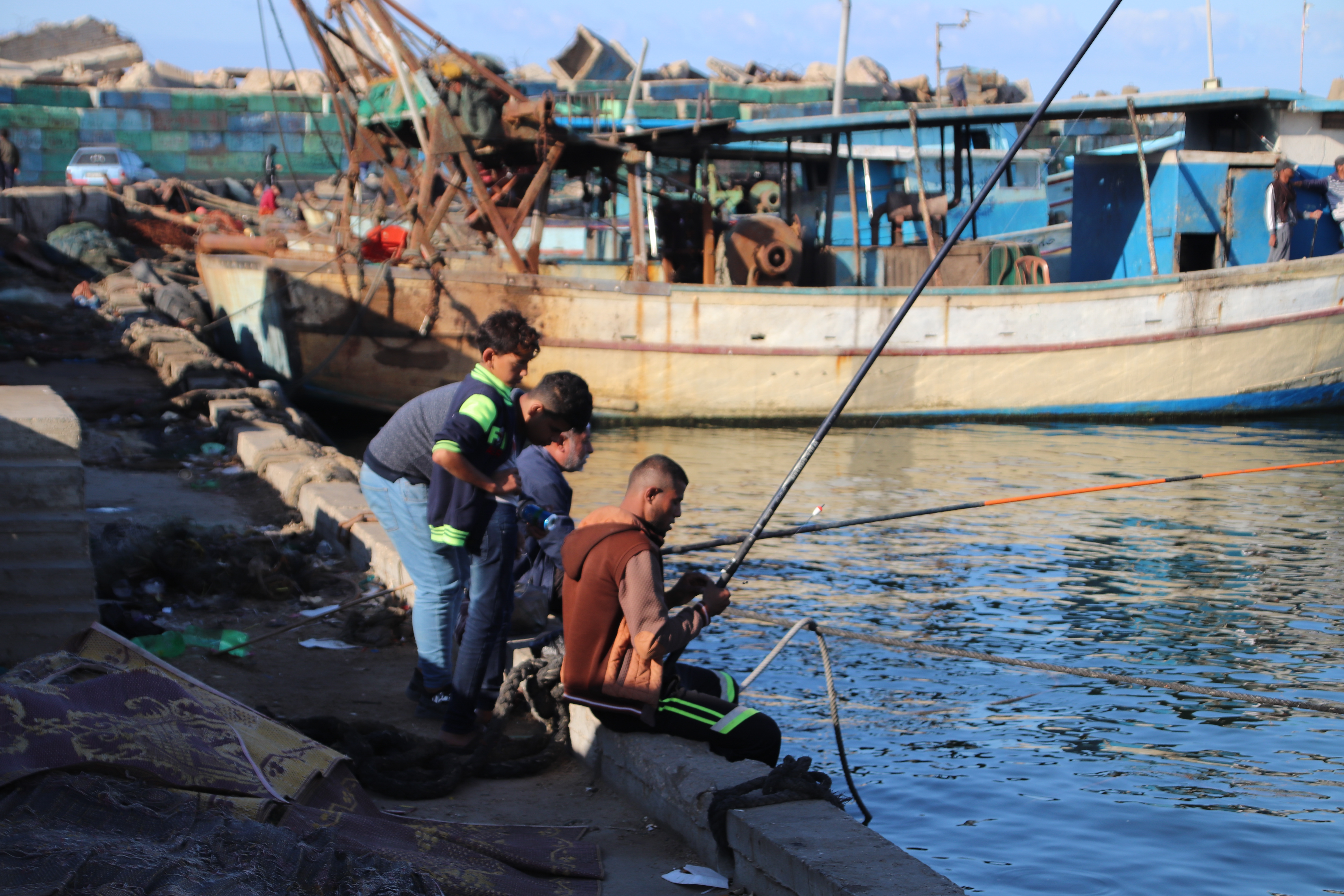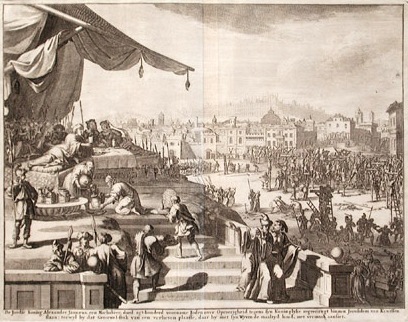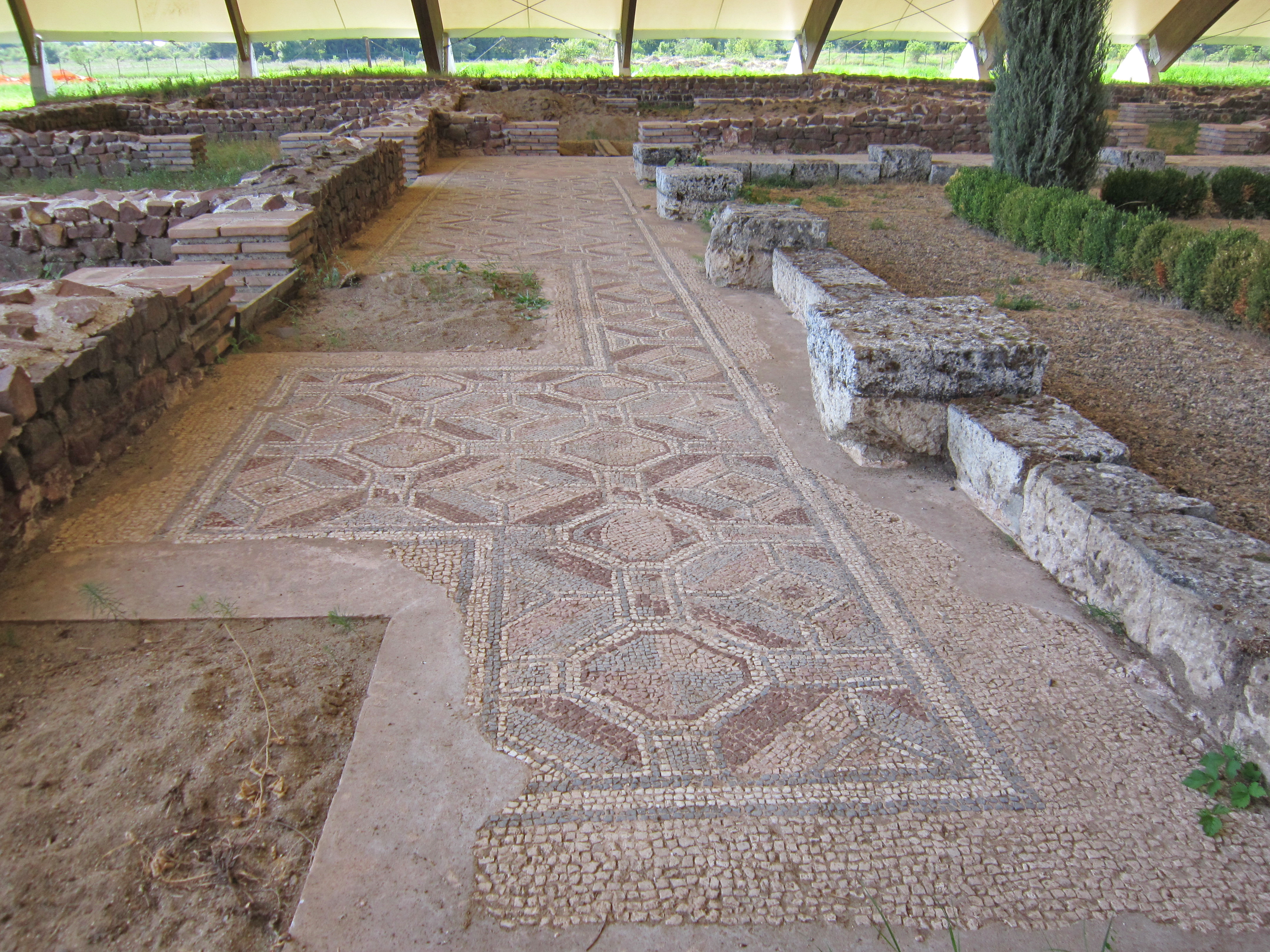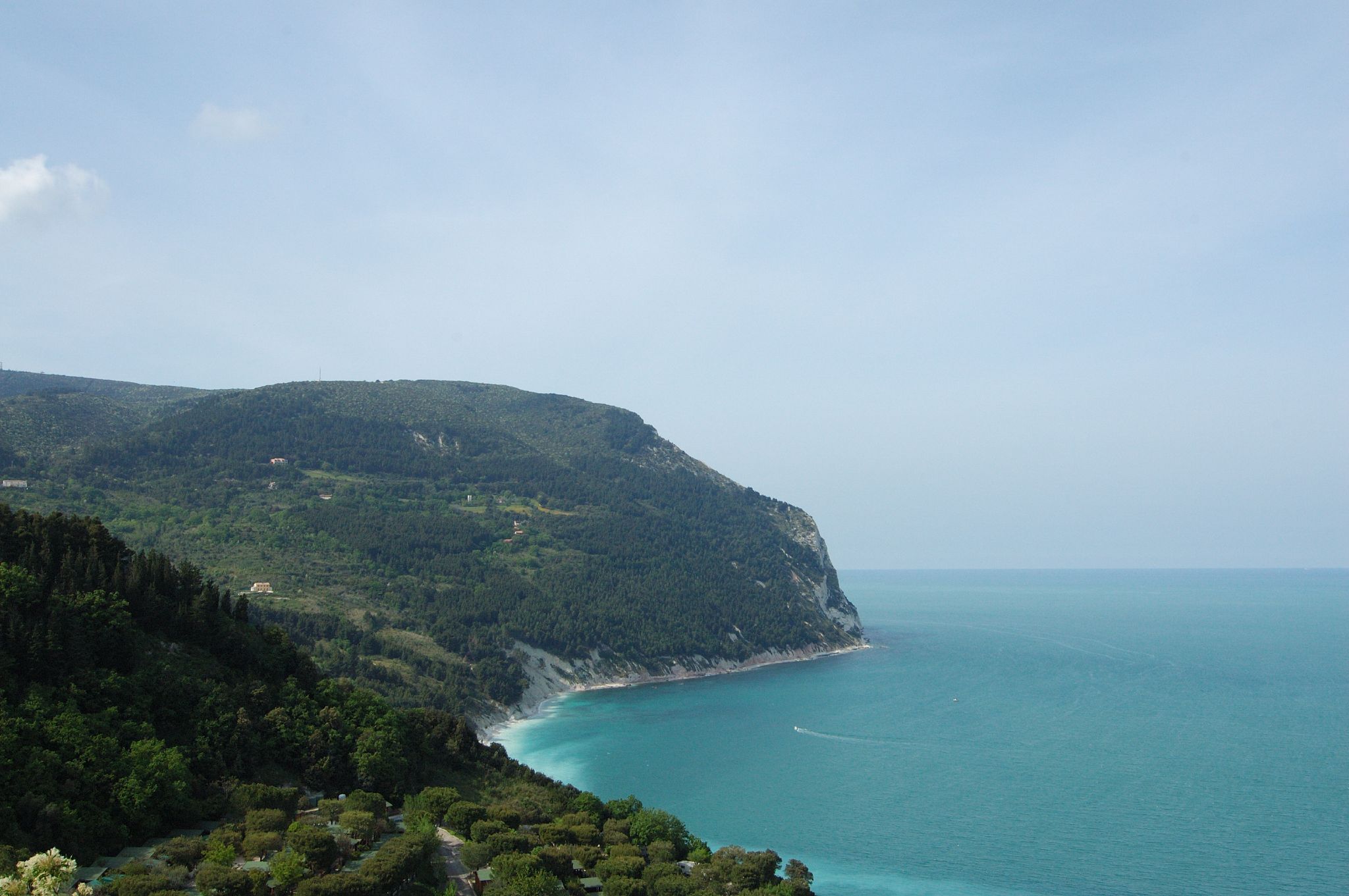|
Majuma
Maiuma or Maiumas was an ancient town at the site of present-day Rimal near Gaza, Palestine. History of Maiuma In antiquity, Gaza port was the principal port on the Mediterranean serving the Incense Road. Strabo and Ptolemy referred to it as ''Gazaion limen''. The port was distinct from the city, which was located opposite it.webpage/ref> Mention must also be made of St. Cosmas of Maiuma. The city was famous for the fact that the tomb of a Saint Victor was located in it (although it is unclear which Saint Victor this was). Bishops of Gaza Maiuma is identified as the seat of the Roman era Diocese of Gaza. An incomplete list of bishops includes: * Philemon (New Testament person) * Porphyry of Gaza c. 347–420 * Paul of Gaza 308 * Timothy 304 Bishop of Gaza * Hieromartyr Silvanus of Gaza, bishop, and with him 40 martyrs (311)May 4, The Roman Martyrology. * Bishop Asclepas 325AD attendee at the First Council of Nicaea * Zeno (or Zenon) around 400AD Bishop of Gaza * Pete ... [...More Info...] [...Related Items...] OR: [Wikipedia] [Google] [Baidu] |
Emperor Julian
Julian ( la, Flavius Claudius Julianus; grc-gre, Ἰουλιανός ; 331 – 26 June 363) was Roman emperor from 361 to 363, as well as a notable philosopher and author in Greek. His rejection of Christianity, and his promotion of Neoplatonic Hellenism in its place, caused him to be remembered as Julian the Apostate in Christian tradition. A nephew of Constantine, Julian was one of few in the imperial family to survive the purges and civil wars during the reign of Constantius II, his cousin. Julian became an orphan as a child after his father was executed in 337, and spent much of his life under Constantius's close supervision.''Oxford Dictionary of Late Antiquity'', "Julian the Apostate", p. 839 However, the emperor allowed Julian to freely pursue an education in the Greek-speaking east, with the result that Julian became unusually cultured for an emperor of his time. In 355, Constantius II summoned Julian to court and appointed him to rule Gaul. Despite his inexperien ... [...More Info...] [...Related Items...] OR: [Wikipedia] [Google] [Baidu] |
Sozomenus
Salamanes Hermias Sozomenos ( grc-gre, Σαλαμάνης Ἑρμείας Σωζομενός; la, Sozomenus; c. 400 – c. 450 AD), also known as Sozomen, was a Roman lawyer and historian of the Christian Church. Family and home He was born around 400 in Bethelia, a small town near Gaza, into a wealthy Christian family of Palestine. He told the history of Southern Palestine derived from oral tradition. He appeared to be familiar with the region around Gaza, and mentioned having seen Bishop Zeno of Majuma, at the seaport of Gaza. Grandfather Sozomen wrote that his grandfather lived at Bethelia, near Gaza, and became a Christian together with his household, probably under Constantius II. A neighbor named Alaphrion was miraculously healed by Saint Hilarion who cast out a demon from Alaphrion, and, as eyewitnesses to the miracle, his family converted, along with Alaphrion's. The conversion marked a turning-point in the Christianization of southern Palestine, according to his accoun ... [...More Info...] [...Related Items...] OR: [Wikipedia] [Google] [Baidu] |
Port Of Gaza
The Port of Gaza is a small port near the Rimal district of Gaza City. It is the home port of Palestinian fishing-boats and the base of the Palestinian Naval Police, a branch of the Palestinian National Security Forces. Under the Oslo II Accord, the activities of the Palestinian Naval Police are restricted to 6 nautical miles from the coast. Since 2007, the Port of Gaza has been under an Israeli-imposed naval blockade as part of a blockade of the Gaza Strip, and activities at the port have been restricted to small-scale fishing. History Gaza Strip The Gaza strip has been put under a strict siege, by land, air, and sea. The total surface area of 362 square kilometers, owns a main poor transportation system that only has 76km of main roads, 122km of regional roads, and 99km of local roads. The strip had a small airport located at Rafah, which was destroyed in 2001 by Israel. The port was built by the Palestinian National Authority (PNA). Maiuma In earlier times, the port of ... [...More Info...] [...Related Items...] OR: [Wikipedia] [Google] [Baidu] |
State Of Palestine
Palestine ( ar, فلسطين, Filasṭīn), officially the State of Palestine ( ar, دولة فلسطين, Dawlat Filasṭīn, label=none), is a state located in Western Asia. Officially governed by the Palestine Liberation Organization (PLO), it claims the West Bank, including East Jerusalem, and the Gaza Strip as its territory, though the entirety of that territory has been occupied by Israel since the 1967 Six-Day War. As a result of the Oslo Accords of 1993–1995, the West Bank is currently divided into 165 Palestinian enclaves that are under partial Palestinian National Authority (PNA) rule; the remainder, including 200 Israeli settlements, is under full Israeli control. The Gaza Strip has been ruled by the militant Islamic group Hamas and has been subject to a long-term blockade by Egypt and Israel since 2007. After World War II, in 1947, the United Nations (UN) adopted a Partition Plan for Mandatory Palestine, which recommended the creation of independent ... [...More Info...] [...Related Items...] OR: [Wikipedia] [Google] [Baidu] |
Alexander Jannaeus
Alexander Jannaeus ( grc-gre, Ἀλέξανδρος Ἰανναῖος ; he, ''Yannaʾy''; born Jonathan ) was the second king of the Hasmonean dynasty, who ruled over an expanding kingdom of Judea from 103 to 76 BCE. A son of John Hyrcanus, he inherited the throne from his brother Aristobulus I, and married his brother's widow, Queen Salome Alexandra. From his conquests to expand the kingdom to a bloody civil war, Alexander's reign has been generalised as cruel and oppressive with never-ending conflict. The major historical sources of Alexander's life are Josephus's ''Antiquities of the Jews'' and '' The Jewish War''. The kingdom of Alexander Jannaeus was the largest and strongest known Jewish State outside of biblical sources, having conquered most of Palestine's Mediterranean coastline and regions surrounding the Jordan River. Alexander also had many of his subjects killed for their disapproval of his handling of state affairs. Due to his territorial expansion and inte ... [...More Info...] [...Related Items...] OR: [Wikipedia] [Google] [Baidu] |
Oleg Grabar
Oleg Grabar (November 3, 1929 – January 8, 2011) was a French-born art historian and archeologist, who spent most of his career in the United States, as a leading figure in the field of Islamic art and architecture. Academic career Oleg Grabar was the son of André Grabar. He attended the University of Paris, where he studied ancient, medieval, and modern history, before moving to the US in 1948. He completed degrees from both Harvard and the University of Paris in 1950. In 1955, he obtained a PhD from Princeton University. He served on the faculty of the University of Michigan in 1954–69, before moving to Harvard University as a full professor. In 1980, Grabar became Harvard's first Aga Khan Professor of Islamic Art and Architecture. He was a founding editor of the journal ''Muqarnas'' in 1983. He became emeritus from Harvard in 1990, and then joined the School of Historical Studies at the Institute for Advanced Study, becoming emeritus there in 1998. Accordi ... [...More Info...] [...Related Items...] OR: [Wikipedia] [Google] [Baidu] |
Peter Robert Lamont Brown
Peter Robert Lamont Brown (born 26 July 1935) is Rollins Professor of History Emeritus at Princeton University. He is credited with having brought coherence to the field of Late Antiquity, and is sometimes regarded as the inventor of the field. His work has concerned, in particular, the religious culture of the later Roman Empire and early medieval Europe, and the relation between religion and society. Early life Peter Brown was born in Dublin, Ireland, in 1935, to a Scots-Irish Protestant family. Until 1939, he spent winter and spring each year in the Anglo-Egyptian Sudan, where his father worked as a railway engineer based at Khartoum. For the rest of the year, he would return with his mother to Bray, in Co. Wicklow, near Dublin. Following the outbreak of war, Brown and his mother remained in Ireland, though his father did not return finally until 1948. Brown has written and spoken about the influence of the Sudanese connection on several occasions. Speaking to the ''Dail ... [...More Info...] [...Related Items...] OR: [Wikipedia] [Google] [Baidu] |
Glen Warren Bowersock
Glen Warren Bowersock (born January 12, 1936 in Providence, Rhode Island) is a historian of ancient Greece, Rome and the Near East, and former Chairman of Harvard’s classics department. Early life Bowersock was born in Providence, Rhode Island and attended The Rivers School in Chestnut Hill, Massachusetts. He earned his A.B. ''summa cum laude'' from Harvard University (1957), another B.A. with First Class Honors in ''Literae humaniores'' from Oxford University (1959); and his M.A., D.Phil. (1962, for thesis titled ''Augustus and the Greek world'') also at Oxford. His mentor was the renowned Roman historian Ronald Syme. Career Bowersock has served as lecturer in ancient history at Balliol, Magdalen, and New College, Oxford (1960–62), Professor of Classics and History, Harvard University (1962–80) (full Professor from 1969). Bowersock was Professor of Ancient History at the Institute for Advanced Study from 1980 until his retirement in 2006. He is the author of over a ... [...More Info...] [...Related Items...] OR: [Wikipedia] [Google] [Baidu] |
Conversion To Christianity
Conversion to Christianity is the religious conversion of a previously non-Christian person to Christianity. Different Christian denominations may perform various different kinds of rituals or ceremonies initiation into their community of believers. The most commonly accepted ritual of conversion in Christianity is through baptism, but this is not universally accepted among them all. A period of instruction and study almost always ensues before a person is formally converted into Christianity and becomes a church member, but the length of this period varies, sometimes as short as a few weeks and possibly less, and other times, up to as long as a year or possibly more. Most mainline Christian denominations will accept conversion into other denominations as valid, so long as a baptism with water in the name of the Trinity took place, but some may accept a simple profession of faith in Jesus as Lord as being all that was needed for true conversion. Other Christians may not accept ... [...More Info...] [...Related Items...] OR: [Wikipedia] [Google] [Baidu] |
Constantine The Great
Constantine I ( , ; la, Flavius Valerius Constantinus, ; ; 27 February 22 May 337), also known as Constantine the Great, was Roman emperor from AD 306 to 337, the first one to convert to Christianity. Born in Naissus, Dacia Mediterranea (now Niš, Serbia), he was the son of Flavius Constantius, a Roman army officer of Illyrian origin who had been one of the four rulers of the Tetrarchy. His mother, Helena, was a Greek Christian of low birth. Later canonized as a saint, she is traditionally attributed with the conversion of her son. Constantine served with distinction under the Roman emperors Diocletian and Galerius. He began his career by campaigning in the eastern provinces (against the Persians) before being recalled in the west (in AD 305) to fight alongside his father in Britain. After his father's death in 306, Constantine became emperor. He was acclaimed by his army at Eboracum ( York, England), and eventually emerged victorious in the civil wars against ... [...More Info...] [...Related Items...] OR: [Wikipedia] [Google] [Baidu] |
Pompey Magnus
Gnaeus Pompeius Magnus (; 29 September 106 BC – 28 September 48 BC), known in English as Pompey or Pompey the Great, was a leading Roman general and statesman. He played a significant role in the transformation of Rome from republic to empire. He was (for a time) a student of Roman general Sulla as well as the political ally, and later enemy, of Julius Caesar. A member of the senatorial nobility, Pompey entered into a military career while still young. He rose to prominence serving the dictator Sulla as a commander in the civil war of 83–82 BC. Pompey's success as a general while young enabled him to advance directly to his first Roman consulship without following the traditional ''cursus honorum'' (the required steps to advance in a political career). He was elected as Roman consul on three occasions. He celebrated three Roman triumphs, served as a commander in the Sertorian War, the Third Servile War, the Third Mithridatic War, and in various ... [...More Info...] [...Related Items...] OR: [Wikipedia] [Google] [Baidu] |
Roman Empire
The Roman Empire ( la, Imperium Romanum ; grc-gre, Βασιλεία τῶν Ῥωμαίων, Basileía tôn Rhōmaíōn) was the post- Republican period of ancient Rome. As a polity, it included large territorial holdings around the Mediterranean Sea in Europe, North Africa, and Western Asia, and was ruled by emperors. From the accession of Caesar Augustus as the first Roman emperor to the military anarchy of the 3rd century, it was a Principate with Italia as the metropole of its provinces and the city of Rome as its sole capital. The Empire was later ruled by multiple emperors who shared control over the Western Roman Empire and the Eastern Roman Empire. The city of Rome remained the nominal capital of both parts until AD 476 when the imperial insignia were sent to Constantinople following the capture of the Western capital of Ravenna by the Germanic barbarians. The adoption of Christianity as the state church of the Roman Empire in AD 380 and the fall of th ... [...More Info...] [...Related Items...] OR: [Wikipedia] [Google] [Baidu] |





.jpg)


